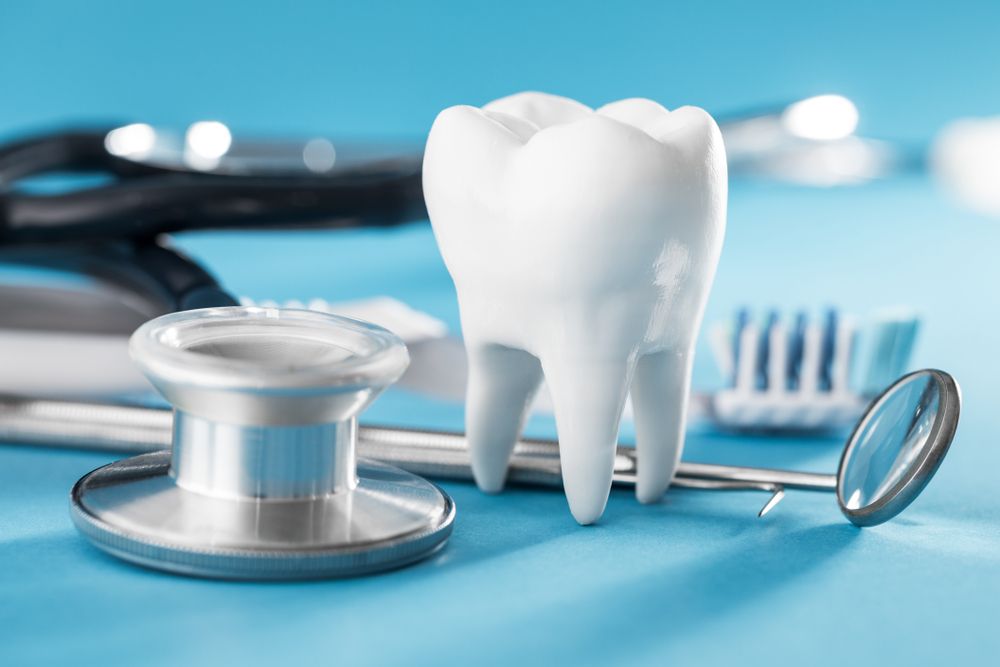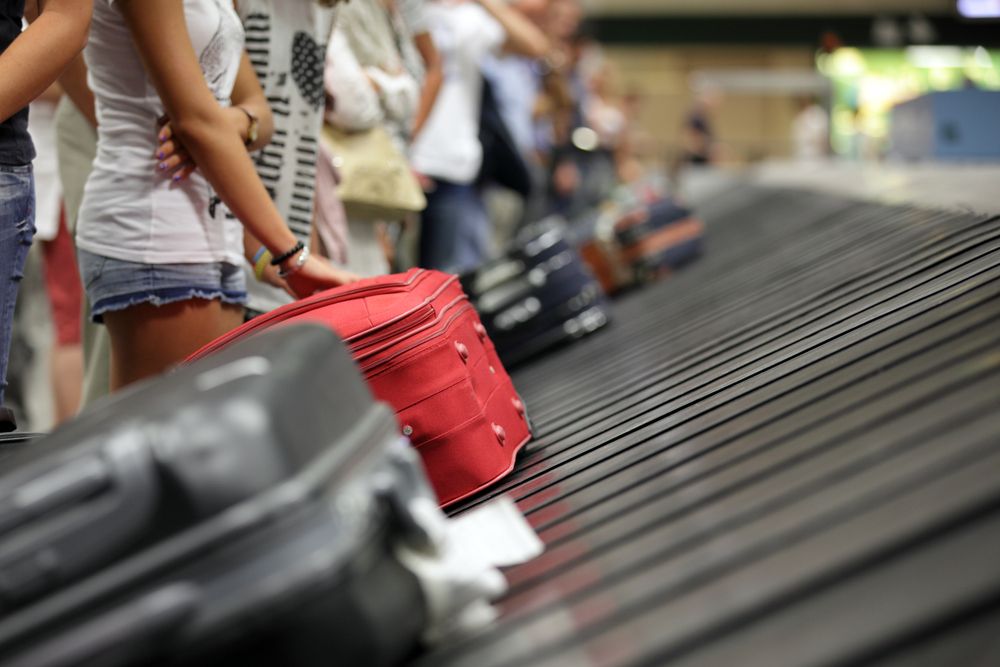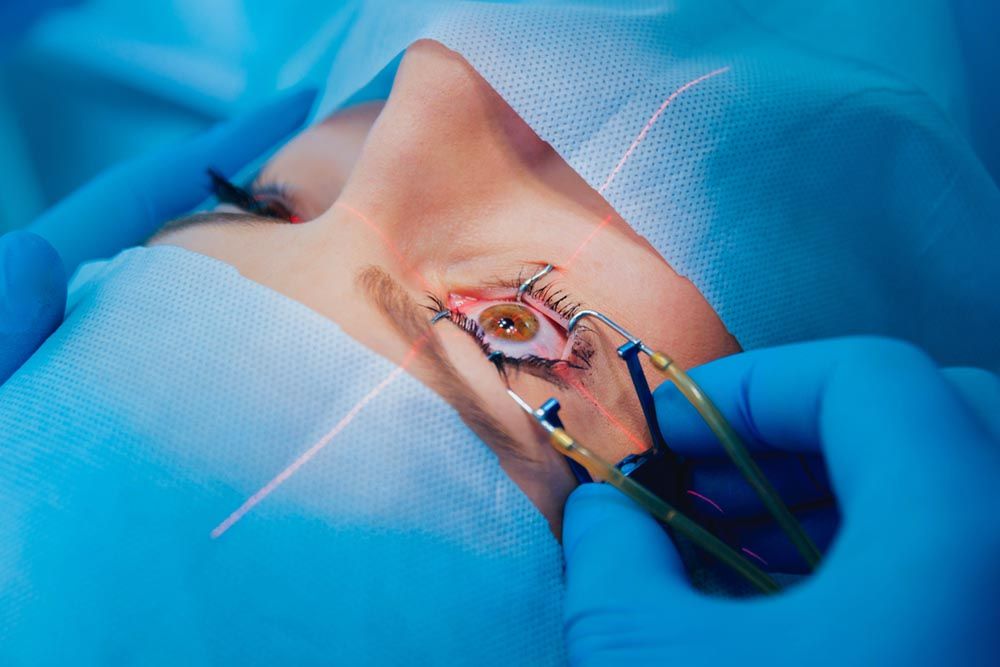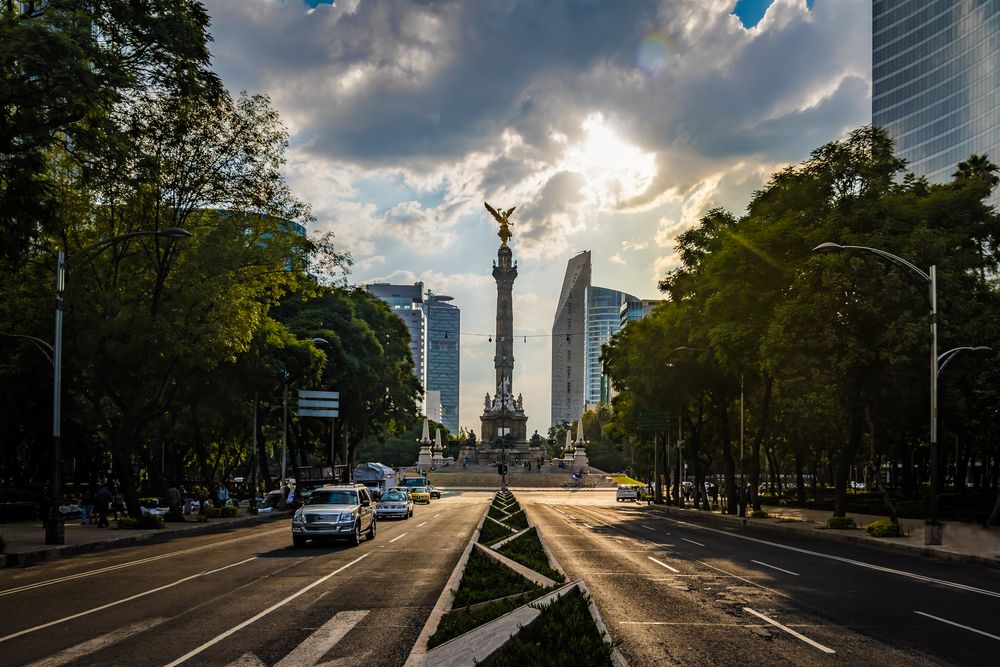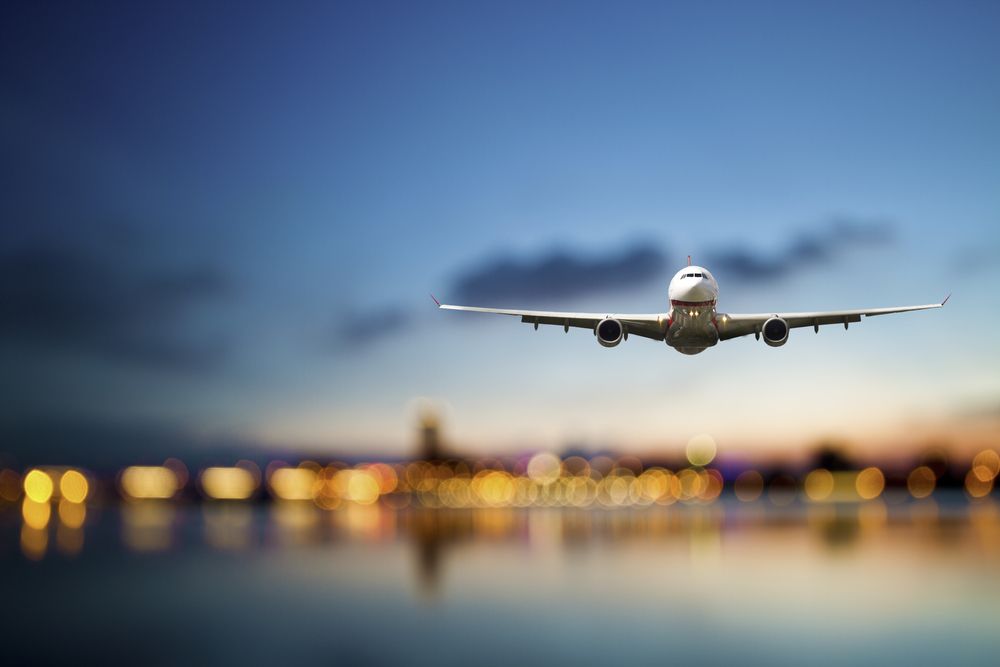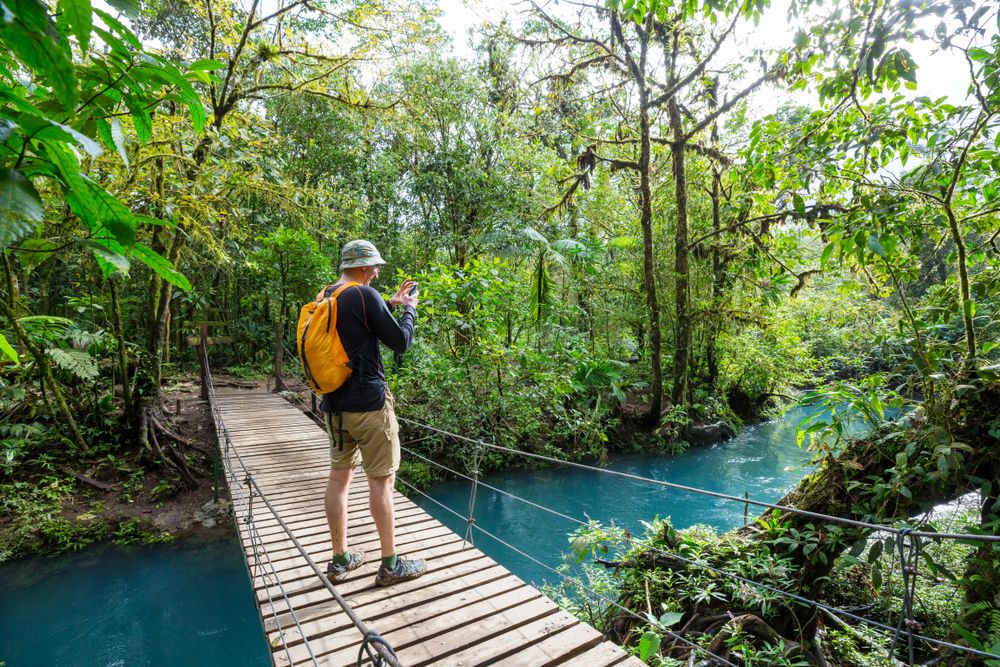Although many people benefit from staying near their home for medical care, the medical tourism industry has been booming.
People from all over the world seek less expensive treatment abroad, particularly heart, dental, or optometric surgeries. Plastic surgery options may be more available in non-Western nations. (Learn More)
Other countries can offer high-quality care, well-trained doctors, the latest technology, and a wider range of options, especially for elective surgeries, for a fraction of the cost. (Learn More)
There are some potential risks to traveling abroad for any kind of medical care. But as other countries produce more specialists and new technology, traveling for important and elective medical care is becoming a more affordable and beneficial option. (Learn More)
Why Seek Care in Another Country?
Medical tourism is a booming, but barely defined, industry of travelers from all over the world seeking various procedures in countries outside their home nation, or nation of birth. This may be due to cost of care, lack of insurance coverage in one’s home country, or an attempt to seek the latest technology.
Many people travel outside their home country for medical care to find a procedure that is not available in their nation of origin. It can also have to do with finding an ideal recovery location if the period after the procedure requires several days to months of recovery time.
The Centers for Disease Control and Prevention (CDC) reports that thousands of Americans travel abroad to receive some form of care, from needed dental treatments to cosmetic touchups.
The World Health Organization (WHO) similarly reports that thousands of people from all over the world travel for medical treatment. Estimates from 2008 found that, out of all international patients receiving inpatient treatment, about 35 to 45 percent traveled specifically for medical care of some type.
In 2010, the most common reasons people traveled for medical care included:
- Dental care.
- Cosmetic surgery.
- Elective surgeries that are not cosmetic.
- Heart surgery.
- Fertility treatments.
If you are interested in traveling abroad for a type of medical care, some countries offer more benefits for certain treatments, including lower out-of-pocket costs, as your home insurance is not likely to be accepted in another nation.
Top 6 Countries for Medical Tourism
Many non-Western nations are focusing on medical tourism. They are improving their technology and seeking international accreditation for high standards of care.
Currently, the following are the least expensive and best locations for medical tourists:
- Brazil: This country is famous as a tourist destination for great food, beautiful beaches, and incredible weather. Brazil is also famous for beautiful people, and this is largely because the nation leads the world in cosmetic surgery options — both with the most advanced technology and the largest number of plastic surgeons around the globe.
Plastic surgeries are performed in hospitals rather than specialty offices. As a patient, you will have access to a safe, clean environment with a wide range of doctors in case there are side effects from the procedure.
Until the mid-2010s, plastic surgery was mainly elective. Around 2014, Sao Paolo got its first Joint Commission International (JCI) accreditation for a hospital, which quickly boomed to more than 40 JCI-accredited hospitals.
While this country is a great option for plastic surgery treatment and a beautiful location to recover after your procedure, Brazil is tied with the United States for inefficiency in its medical system. Even so, surgeries tend to cost about 60 percent less in Brazil than in other nations. There are also options for many plastic surgery procedures that are not available in other places. - Costa Rica: Like Brazil, Costa Rica is a well-developed nation with a large expatriate population and a high rate of medical tourism. The nation’s renowned geological beauty also makes it a great place to vacation and recover from any procedure.
It is highly rated for safety in hospitals and outpatient clinics and a very popular destination for U.S. expats to retire. It uses the U.S. dollar as its standard currency, so translating costs of procedures and medications is much simpler.
Costa Rica offers government and private insurance coverage, but even out of pocket, major operations like heart surgery are typically a quarter of the cost they would be in the U.S. An estimated 40,000 people visit this country every year for medical care of some kind, with 15,000 on average going to high-quality dental care. For example, a tooth replacement procedure in the U.S. is estimated around $4,000, while in Costa Rica, it can be as little as $10. - India: This nation has become one of the leading locations for medical tourism due to its large number of well-trained, high-quality doctors along with very low-cost treatment. The most popular cities include Chennai and Noida, where medical tourists reportedly fill half the beds in hospitals.
This South Asian nation specializes in heart bypass surgeries, bone marrow transplants, eye surgery, and hip grafting and replacements.
All medical tourists report saving at least 75 percent on costs of most major medical procedures, including travel expenses. Heart surgeries cost an average of $10,000 out of pocket in India compared to $100,000 in the U.S. or the United Kingdom.
Because many of India’s top doctors are trained in other nations, they speak fluent English. About 100,000 patients visit India every year, and the nation reports easing visa restrictions on Westerners entering the country. - Malaysia: This nation reports that medical tourism has increased 100 percent in the past five years due to high-quality hospitals and inexpensive airfare and accommodations. In 2016, Malaysia reported 1 million medical tourists. The two biggest cities for medical tourists are Kuala Lumpur and George Town, which are easy to access with almost direct flights from many nations.
The country boasts some of the best trained doctors in the world who attended medical school in the United States, Australia, and the UK. Malaysia also has many hospitals featuring JCI accreditation. Many are not-for-profit, so they have high standards of care with a much lower cost.
The most popular areas for medical tourism here are dental care, dermatological care, and cosmetic surgery. - Mexico: Nearly any medical procedure and prescription medication available in the U.S. is available in Mexico for much less money. The country’s proximity to the U.S. means that Americans often cross the border for drugs and treatment. There is also extensive crossover medical training between the two countries. All major cities in Mexico have dozens of options for all kinds of medical care, especially at major hospitals.
A major focus of medical tourism in Mexico is dentistry. Generic versions of prescription medications are also widely available. Standards for cleanliness, aftercare, anesthesia, and medications are different in Mexico. Make sure to speak to doctors there, and ask any questions you have beforehand. - Turkey: This Mediterranean nation is at a crossroads for East Asia, the Middle East, and both Eastern and Western Europe. This means that people from all over the world travel to this country for some type of medical care. In particular, Turkey is renowned for eye procedures, optometrists, and ophthalmologists.
Because Turkey is focused on maintaining a good relationship with the European Union, high-quality care is standard. The most expensive ocular procedure in Turkey can cost an average of $5,000 USD, but most options are far less expensive.
Risks of Traveling for Medical Care

When you travel abroad to receive any kind of medical treatment, there are some risks to consider.
- Communicating with the medical team may be an issue due to language issues. However, with doctors increasingly being trained in the United States, United Kingdom, Australia, and other English-speaking nations, this is less of a problem for Western tourists.
- Medication standards are different in other countries, so be sure you know what is in the prescriptions you are taking.
- Antibiotic-resistant bacteria are more common in countries outside the U.S. Go to the medical facility before your procedure and read reviews of the facility to make sure you have information about cleanliness.
- Flying after surgery increases the risk of blood clots, which can be deadly. Confirm you have accommodations where you can be comfortable, and spend the right amount of time recovering before you fly.
Although most people seek most of their medical care in their nation of origin, global standards in health care are getting higher. Many nations draw specific specialists and find ways to lower the cost of care. In addition, the beautiful and comfortable accommodations in other nations make them great places to recover after more intensive surgeries, so you do not have to fly immediately.
References
Medical Tourism. (December 5, 2016). Centers for Disease Control and Prevention (CDC).
Medical Tourism: Patient Safety. (October 2, 2013). World Health Organization (WHO).
The 10 Best Countries for Medical Tourism and Overseas Healthcare. Nomad Capitalist.
Four Countries With the Best Health Care in the World 2017. (January 5, 2017). CNBC.
Top Destinations for Health Tourism. (March 14, 2014). CNBC.




